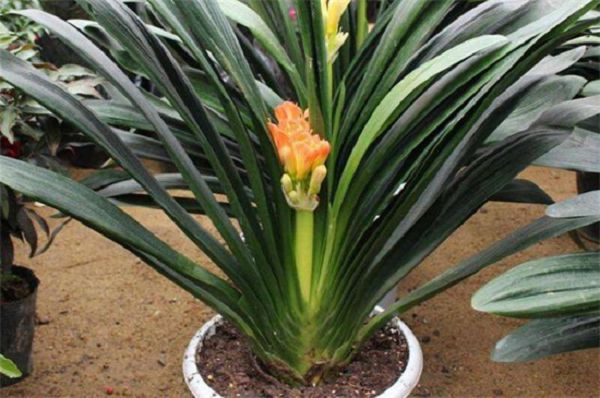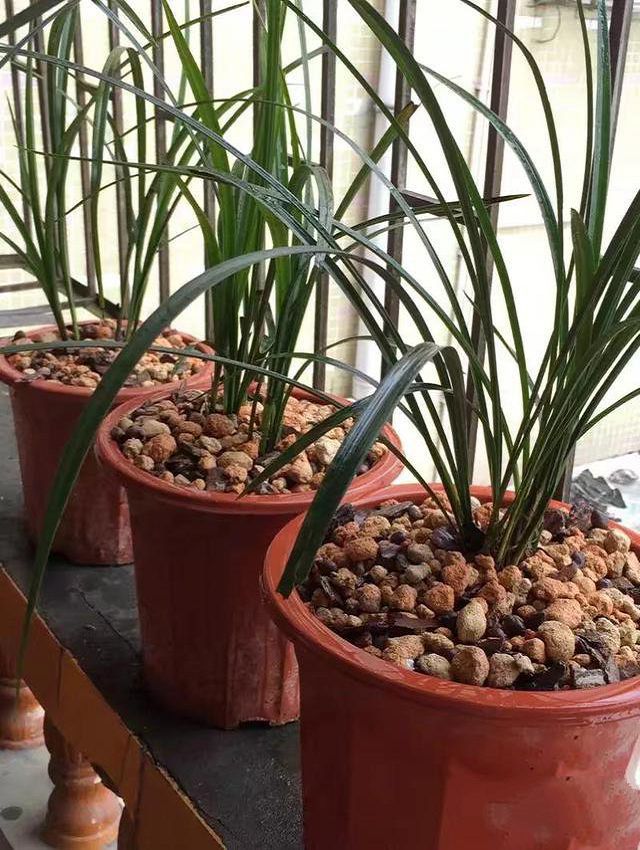Does the gentleman orchid still use the old soil in exchange for soil?

Because the magnolia is a kind of fleshy root plant, reasonable soil change can promote the growth and development of the plant. In general, if the old soil is powdered, then all the new soil should be used. When the particle size of the old soil is uniform, it should be put in the hot sun for a day, and then some new soil can be added before the basin.
First, the gentleman orchid had better not use the old soil to change the soil
Magnolia is one of the common family ornamental flowers, likes to grow in the fertile and strong drainage wet soil, reasonable soil change treatment is conducive to its growth and development, then, in fact, it is best not to the old soil, because the root of the orchid has high requirements for the soil, if there are germs or caking in the old soil, it will lead to poor growth and rotting roots.
If it has to be used, it is necessary to observe whether the old soil is in the form of powder, but if it is in the form of powder, it cannot be used directly, because the deposition of this kind of soil will make the soil permeate poorly, and there will be rotting roots in the near future. If the soil particles are uniform, it is best to bask in the sun for a day, and then add some loose soil before entering the basin, so it is best to change the new soil.
Second, the method of soil exchange of Cymbidium 1. Root extraction treatment
Because the magnolia is a kind of fleshy root plant, it will damage the root if it is taken directly when changing the soil, it is best to pour enough water a week before changing the soil, then gently pull up the root from the old soil, use sterilized scissors to cut off the fibrous root and withered root on the old root in time, and put it in a ventilated environment.
2. Put in the new soil
Because the roots of Cymbidium have high requirements for soil, they like to grow in fertile soil with good loose drainage. Generally, rotten leaf soil, forest soil, humus soil and gravel can be prepared according to the ratio of 2 to 1, 1 to 3, and 2 to 2, and then an appropriate amount of organic fertilizer solution is applied as the substrate, and then re-planted in the basin.
3. Post-change treatment
Because Magnolia likes to grow in a sunny environment, if there is not enough sunlight, it will lead to poor plant growth and lead to yellow leaves. When the plant needs a lot of nutrients after changing soil, it is best to keep 6-7 hours of light every day and control the temperature at about 18 ℃ ~ 28 ℃.
4. Water and fertilizer management
Because autumn, winter and spring is the vigorous growth period of Magnolia, it is best to water the orchid every 1-2 days after soil change, and then add organic fertilizer or compound fertilizer every 3-4 weeks, stop fertilizing in the hot summer season, and keep it in the sunny place indoors in winter.
Related
- Is the orchid suitable for indoor use? Is it good for the body?
- How to prevent the empty root of orchids?
- What to do after the crab claw orchid is withered?
- Why are the leaves of orchids always yellow? Fertilizing and watering.
- Can the root of the gentleman orchid be saved if it is rotten?
- Diagnosis and treatment of cotton-blowing beetle insects in Cymbidium
- There is a way for a gentleman's orchid to rot.
- What is the most suitable temperature and humidity for the orchid?
- How to raise a gentleman's orchid? Cultivation techniques of Cymbidium
- How to prepare the nutritive soil for the cultivation of Cymbidium



